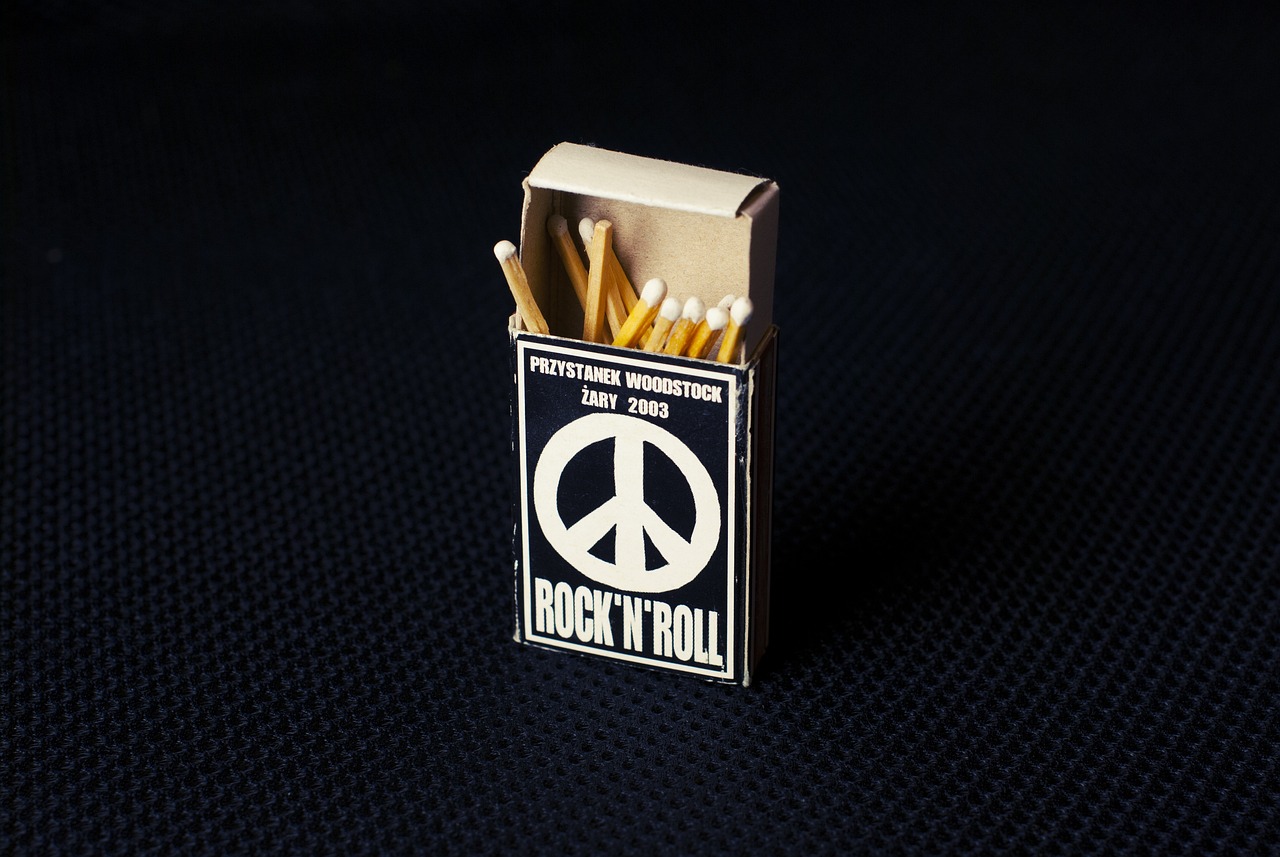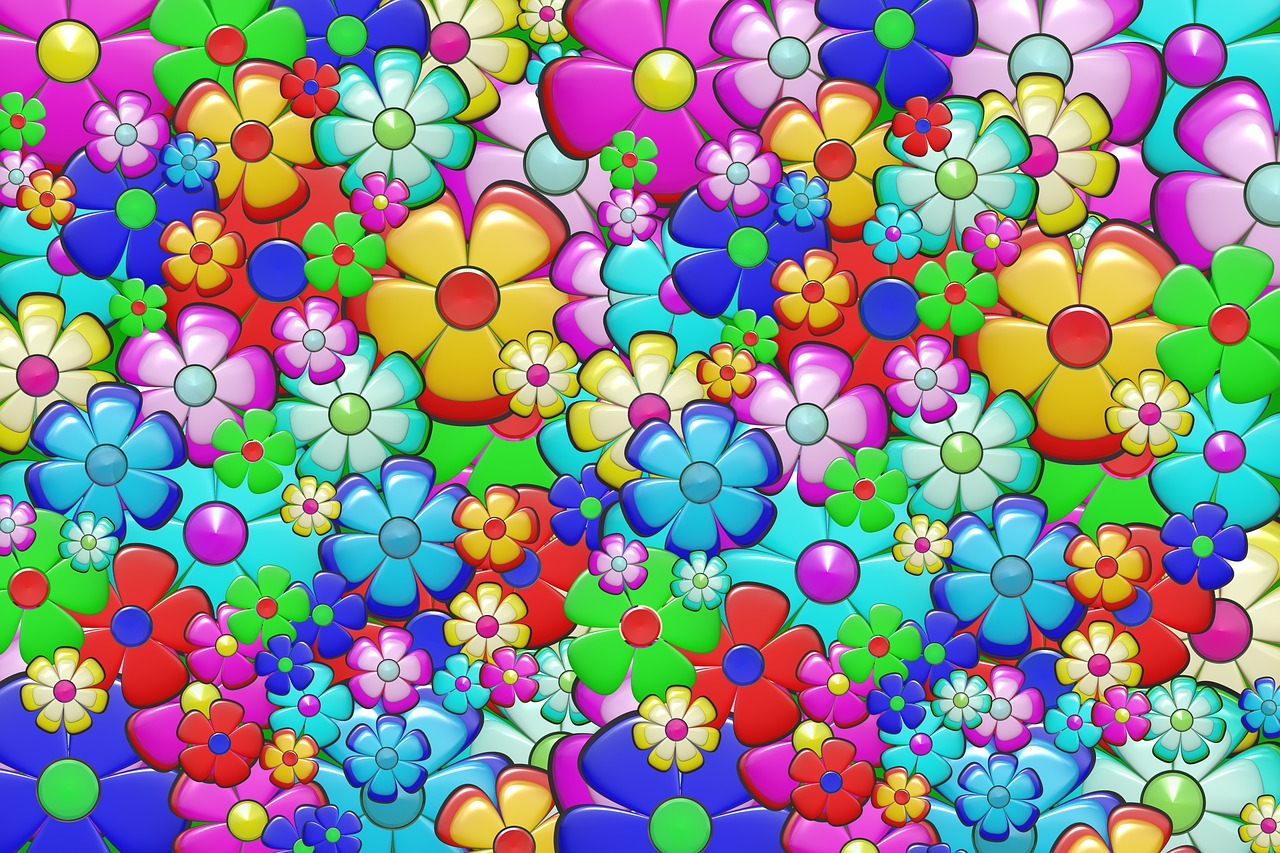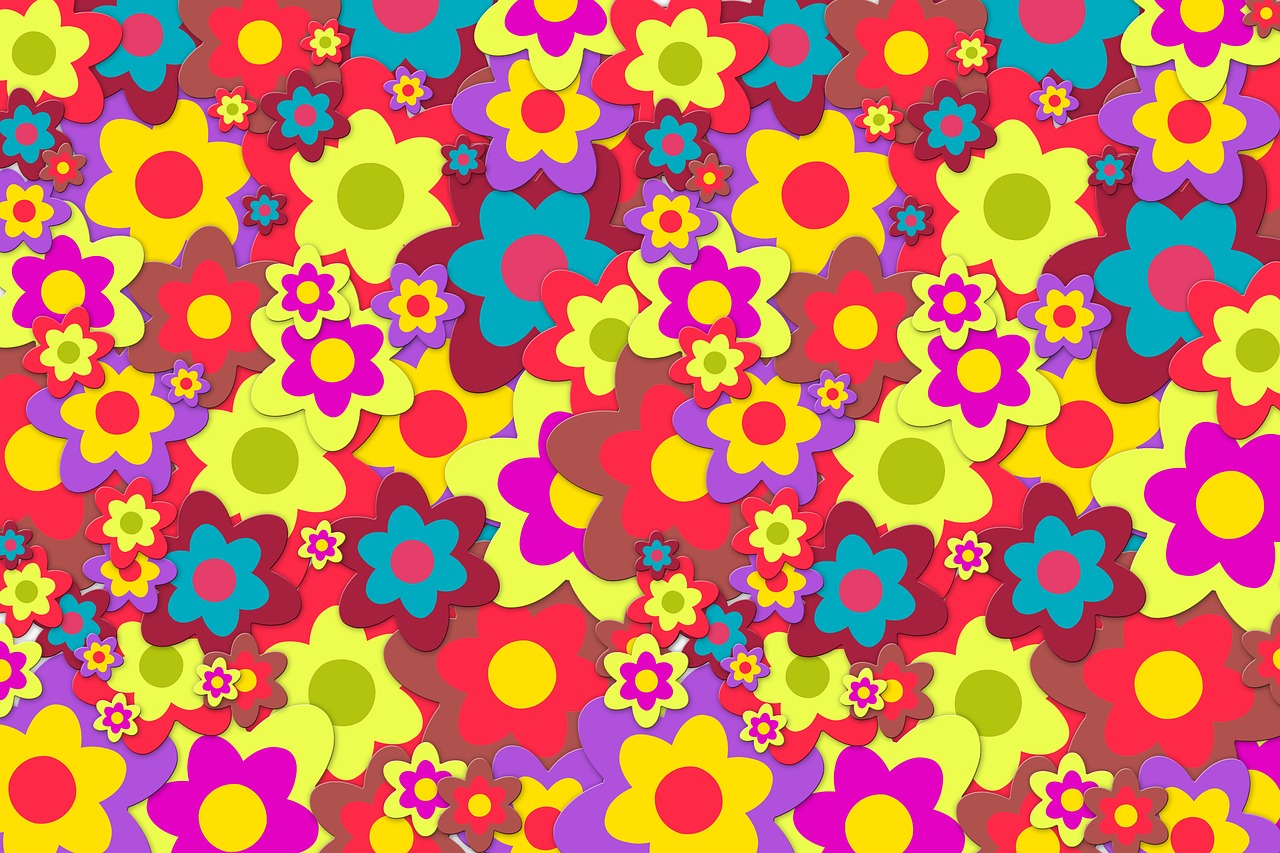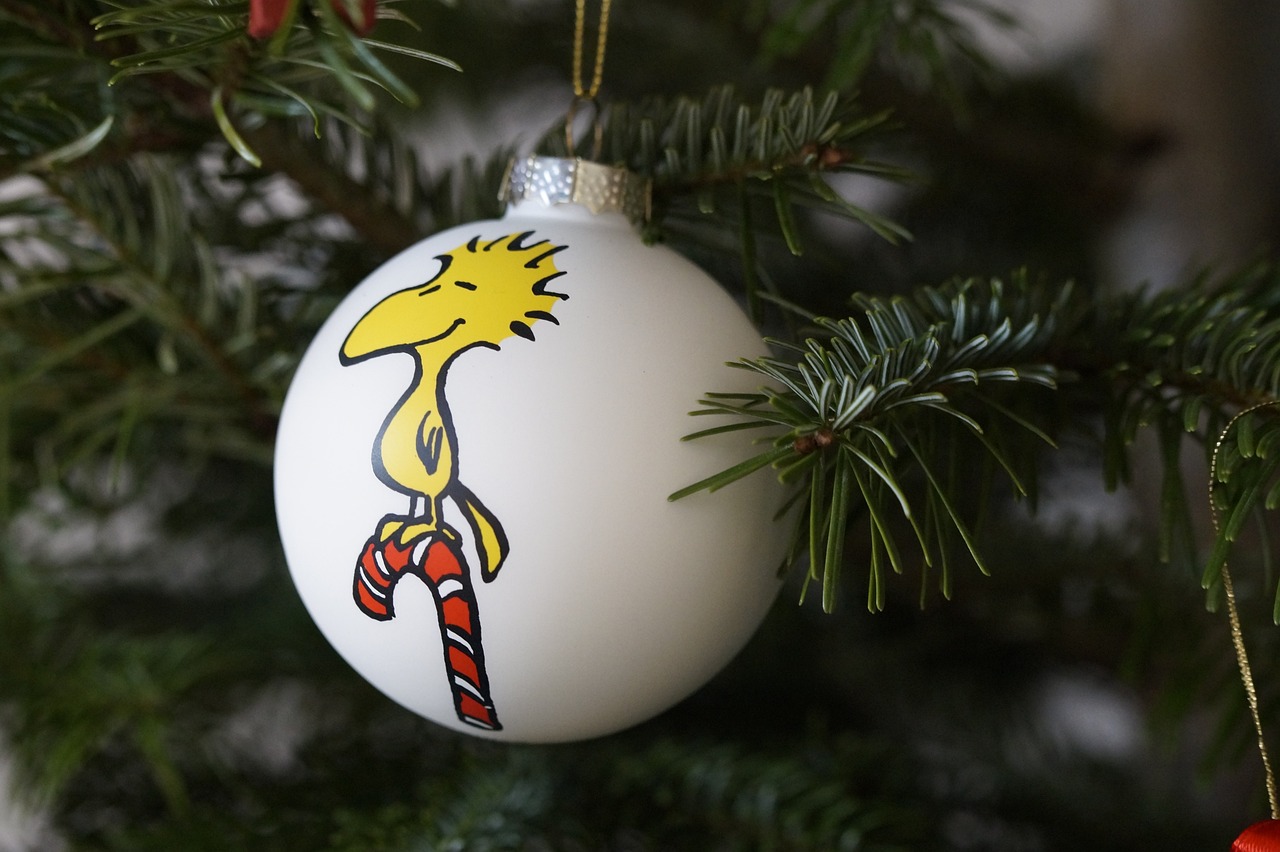Rediscovering the Groove: A Journey Through the Fashion of the 1960s

The 1960s was a decade that defined a generation. It was a time of social upheaval, cultural revolution, and a unique expression of individuality through fashion. The iconic Woodstock festival in 1969 embodied the spirit of this era, showcasing a vibrant and eclectic style that continues to influence fashion today.
Key Elements of 1960s Hippie Fashion
Let’s take a closer look at the distinctive features that characterized the fashion of the 1960s:
- Flowing Fabrics: Loose, comfortable materials like cotton and linen were staples. They allowed freedom of movement and reflected the carefree lifestyle of the hippie movement.
- Bold Patterns: Psychedelic prints, floral designs, and tie-dye were popular. These patterns were a visual representation of the vibrant counterculture.
- Fringe and Beads: Accessories played a significant role. Fringe jackets and beaded necklaces added flair to outfits.
- Bell-Bottoms: This style became synonymous with the hippie movement. They symbolized rebellion against the traditional fitted pants.
- Footwear: Sandals, clogs, and bare feet were common, emphasizing a connection to nature.
Iconic Accessories
Accessories were crucial in completing the hippie look. Here are some key pieces:
- Headbands: Often worn across the forehead, they added a bohemian touch.
- Round Sunglasses: These became a fashionable statement, often associated with counterculture icons.
- Jewelry: Layered necklaces, large earrings, and peace symbol pendants were must-haves.
Textures and Colors
Colors and textures played a pivotal role in expressing the spirit of the 1960s:
- Earthy Tones: Colors like browns, greens, and yellows were prevalent, reflecting a connection to nature.
- Vivid Hues: Bright colors symbolized freedom and joy, often seen in festival wear.
- Mixed Textures: Combining different fabrics and textures was a way to showcase individuality.
Influence of Music and Culture
The music of the 1960s greatly influenced fashion. Artists like Jimi Hendrix and Janis Joplin were not just musicians; they were style icons. Their unique looks inspired fans and showcased the fusion of music and fashion.
Fashion Rebirth: Then and Now
Today, we see a resurgence of 1960s fashion in contemporary styles. Many fashion designers draw inspiration from this era, blending vintage elements with modern trends. This cycle of rediscovery allows the spirit of the 1960s to live on.
Final Thoughts
As we reflect on the fashion of the 1960s, it’s essential to recognize its impact on personal expression and cultural identity. The timeless elements of hippie fashion remind us of a vibrant past that continues to resonate with new generations.
From Flower Power to Freedom: The Cultural Significance of Hippie Attire

Introduction to Hippie Fashion
The 1960s marked a significant cultural shift, with the hippie movement emerging as a beacon of peace, love, and rebellion against the mainstream. Hippie attire was not just about clothing; it was a statement, embodying the ideals of freedom and self-expression.
Iconic Elements of Hippie Fashion
| Element | Description |
|---|---|
| Bell-Bottoms | Wide-legged trousers that flared out from the knees, symbolizing individuality and rebellion against conventional fashion. |
| Tie-Dye | A vibrant dyeing technique that represented the colorful spirit of the era, often associated with communal living and artistic expression. |
| Fringed Vests | Casual outerwear that added texture and movement, often adorned with beads and other embellishments, showcasing a love for craftsmanship. |
| Flower Crowns | A staple accessory that epitomized the ‘Flower Power’ movement, symbolizing peace and a connection to nature. |
| Embroidered Fabrics | Clothing featuring intricate designs, reflecting the bohemian lifestyle and an appreciation for artisanal work. |
The Significance of Colors and Patterns
Colors and patterns in hippie fashion were vibrant and diverse, each telling a story. Bright hues like orange, yellow, and green were prevalent, representing optimism and hope. Patterns such as paisley and floral prints were not just decorative; they conveyed a message of peace and love, resonating deeply with the cultural ethos of the time.
Hippie Fashion as a Form of Protest
Hippie attire was also a form of protest against the social norms of the day. By rejecting traditional styles and embracing unconventional looks, the hippies were making a bold statement against conformity and materialism. How did you express your individuality through fashion in your younger days?
Legacy of Hippie Fashion
The impact of 1960s hippie fashion continues to resonate today. Elements of this style have been integrated into contemporary fashion, often appearing in festivals and casual wear. How do you see these influences in today’s clothing trends?
Conclusion: The Enduring Spirit of Freedom
Hippie fashion transcended mere clothing; it became a symbol of an era defined by the pursuit of peace, love, and freedom. As we reflect on this vibrant period, it’s essential to recognize the cultural significance of what we wore and how it shaped our identities. What memories do you have associated with the fashion of the 1960s?
Threads of Change: How Woodstock Revolutionized Fashion

Introduction to Woodstock Fashion
The Woodstock Festival of 1969 was not just a music event; it was a cultural phenomenon that left an indelible mark on fashion. Imagine a sea of people, vibrant colors, and unique styles, all coming together to express freedom and individuality. Did you ever wonder how such a gathering could influence what we wear today?
Embracing Individuality
One of the most significant aspects of Woodstock fashion was its emphasis on personal expression. Attendees were encouraged to wear what made them feel free. From tie-dye shirts to bell-bottom jeans, the styles were as diverse as the individuals wearing them. What styles from that era resonate with you?
The Rise of Bohemian Chic
The bohemian style became synonymous with the Woodstock movement. Flowing fabrics, layered clothing, and earthy tones took center stage. Do you remember donning a long, flowing dress or a colorful scarf? These elements reflected a desire for freedom and a connection to nature.
Symbolism of Peace and Love
Fashion at Woodstock also served as a canvas for social change. Symbols of peace, love, and unity were prevalent. Many wore accessories like peace sign necklaces or flower crowns, making a statement against war and promoting harmony. What symbols did you embrace during that time?
Influence on Modern Fashion
Fast forward to today, and the influence of Woodstock fashion is still visible. Designers often draw inspiration from the styles of the 60s, incorporating elements like fringe, crochet, and ethnic prints into modern collections. Have you noticed these trends making a comeback?
Conclusion: The Legacy of Woodstock Fashion
The spirit of Woodstock lives on through its fashion. It taught us that clothing is not just about aesthetics; it’s about expressing who we are and what we believe in. What does fashion mean to you today?
The Colors of Freedom: Exploring the Vibrant Palette of Hippie Style
Understanding the Hippie Palette
Imagine a world where colors dance freely, reflecting the spirit of liberation and peace. The 1960s hippie movement introduced a vibrant palette that encapsulated the ideals of love, freedom, and harmony with nature. This exploration invites you to remember and appreciate the glorious colors embraced by the hippie subculture.
The Rainbow of Emotions
Hippie fashion was not just about clothing; it was a vivid expression of emotions and values. Each color symbolized a different aspect of the movement:
| Color | Symbolism |
|---|---|
| Red | Passion and Love |
| Orange | Creativity and Joy |
| Yellow | Optimism and Energy |
| Green | Nature and Growth |
| Blue | Peace and Tranquility |
| Purple | Spirituality and Imagination |
| White | Purity and Simplicity |
Fabrics and Patterns
The materials used in hippie fashion were as colorful as the movement itself. Natural fabrics like cotton and linen were favored for their breathability and comfort. Patterns such as tie-dye, paisley, and floral prints were popular, often created through DIY practices. Have you ever tried making your own tie-dye shirt? It’s a fun way to connect with the vibrant spirit of the era!
Accessories that Speak Volumes
Accessories played a crucial role in completing the hippie look. Think of beaded necklaces, wide-brimmed hats, and colorful scarves. These items were often handmade, reflecting personal stories and connections to nature. Picture the beautiful handmade jewelry that adorned many during the 60s; each piece tells a story of freedom and individuality.
Legacy of Color
The legacy of hippie fashion continues to influence modern style, reminding us of the importance of self-expression and connection to nature. The bold colors and patterns invite us to embrace our true selves. What colors do you feel represent your spirit? Embrace them!
Interactive Reflection
As we conclude this colorful journey, think about the vibrant hues that have touched your life. Share your thoughts:
What colors resonate with your memories of freedom and peace?
Timeless Trends: What Today’s Fashion Can Learn from the 1960s Hippies
Introduction to 1960s Hippie Fashion
Imagine a world where self-expression was not just encouraged, but celebrated. The 1960s hippie movement emerged during a time of social change, and so did its fashion. Bright colors, free-flowing garments, and accessories that spoke volumes were the hallmarks of this vibrant era. Today, let’s explore what modern fashion can learn from these timeless trends.
Embrace Individuality
The hippie movement was all about being true to oneself. Layering was a popular technique—think of mixing different patterns and textures that might seem mismatched at first glance. Today’s fashion can take a page from this book by encouraging people to express their unique styles. Consider trying out layers of tie-dye, floral prints, and bohemian accessories to create a look that’s distinctly yours!
Natural Fabrics and Sustainability
Hippies were pioneers of the natural lifestyle, often opting for clothing made from organic materials. Fast forward to today, and sustainability is more important than ever. Consider wearing clothes made from organic cotton, hemp, and other eco-friendly materials. By making conscious choices, you’re not just looking good but also helping the planet!
Color and Patterns
The 1960s were a riot of color and patterns! Vibrant hues and bold prints were used to symbolize peace and love. Today, we can incorporate these elements into our wardrobe. Why not try a bright maxi dress or a pair of patterned wide-leg pants? These pieces can add a burst of joy to your outfit!
Accessorizing with Purpose
Accessories were essential to hippie fashion. Think headbands, beaded necklaces, and fringe bags. These items were not just for decoration; they often held personal significance. In today’s fashion, incorporating meaningful accessories can tell your story. Choose pieces that resonate with your experiences or values.
Comfort is Key
One of the greatest lessons from hippie fashion is the importance of comfort. Loose-fitting clothes allowed for freedom of movement and self-expression. Today, comfort should continue to be a priority. Look for soft fabrics and relaxed fits that make you feel good while looking stylish.
Conclusion: A Lasting Legacy
The spirit of the 1960s hippies lives on in today’s fashion. By embracing individuality, sustainability, vibrant colors, meaningful accessories, and comfort, we can keep the essence of this iconic era alive. So, as you explore your wardrobe, remember that fashion is about more than just looking good; it’s about expressing who you truly are!
Fashion as Expression: The Role of Clothing in the Hippie Movement
Fashion as Expression
The 1960s were a time of great change, and the Hippie Movement was at the forefront of this cultural shift. For many, clothing became more than just a necessity; it transformed into a powerful form of expression. Have you ever thought about how what we wear reflects our beliefs and values? Let’s explore this fascinating aspect of hippie fashion.
The Symbolism Behind Hippie Clothing
Hippie fashion was characterized by its vibrant colors, unique patterns, and eclectic styles. Each piece of clothing often carried a symbolic meaning. For instance, the use of tie-dye shirts became a popular way to express individuality and a break from the conformity of mainstream fashion. Can you recall a favorite tie-dye shirt you once wore or admired?
Embracing Natural Materials
Many hippies chose to wear garments made from natural materials, such as cotton and linen, which were not only comfortable but also aligned with their ethos of peace and love for the Earth. The use of handmade clothing and accessories further emphasized their rejection of mass production. Think back—did you ever own a piece of handmade clothing that brought you joy?
Influence of Cultural Diversity
The hippie movement was notably influenced by various cultures around the world. Clothing items such as Indian saris, Mexican ponchos, and African prints made their way into the hippie wardrobe. This cultural blending was a way to embrace diversity and promote understanding. Reflect on your own experiences—did you ever adopt styles from different cultures?
Fashion as a Statement
Hippie fashion was also a means of protest. Clothing became a way to challenge societal norms and advocate for peace during a time of war. Wearing peace symbols and vibrant patterns was a direct statement against the violence and conflict of the era. How do you feel about the idea of using fashion as a form of activism?
Legacy of the Hippie Fashion
The legacy of 1960s hippie fashion continues to impact today’s styles. The ideals of freedom, individuality, and self-expression remain alive in contemporary fashion. Have you noticed any modern trends that echo the spirit of that era?
Clothing in the hippie movement was not just about aesthetics; it was about expressing a deep-rooted philosophy and a desire for change. As you reminisce about those vibrant days, consider how your own fashion choices have reflected your journey through life. What stories do your clothes tell?
Vintage Vibes: A Look Back at Iconic Hippie Outfits
The 1960s were a time of change, revolution, and expression. Hippie fashion emerged as a vibrant reflection of the counterculture movement, symbolizing freedom, peace, and love. Are you ready to take a trip down memory lane and revisit those iconic outfits?
Key Elements of Hippie Style
Hippie fashion was characterized by its unique blend of colors, patterns, and materials. Let’s explore the key elements that defined this unforgettable style:
Flared Jeans: Often worn with tie-dye shirts, these pants were a staple.
Maxi Dresses: Flowing dresses adorned with floral prints became synonymous with the free-spirited lifestyle.
Fringe and Suede: Jackets and vests featuring fringe details added a bohemian touch.
Accessories: From headbands to beaded necklaces, accessories played a crucial role in completing the look.
Iconic Outfits
Let’s delve into some of the most iconic hippie outfits that defined the era:
| Outfit | Description | Significance |
|---|---|---|
| Peace Sign T-Shirt | A simple tee with the peace symbol, often worn to promote anti-war sentiments. | Represented the core values of the hippie movement. |
| Bell-Bottoms | Wide-legged pants that flared out from the knee, often paired with bright colors. | Symbolized rebellion against conventional fashion. |
| Bohemian Maxi Skirts | Long, flowing skirts with vibrant patterns. | Embodied freedom of movement and expression. |
| Fringed Leather Jackets | Suede or leather jackets with fringe details. | Signified a rugged, adventurous spirit. |
Colors and Patterns
Colors played an essential role in hippie fashion. The era was marked by:
Earthy Tones: Browns, greens, and blues reflected a connection to nature.
Bright Colors: Reds, yellows, and oranges represented joy and positivity.
Patterns: Tie-dye, paisley, and floral designs were extremely popular.
Reviving the Hippie Spirit
As we look back at these iconic outfits, the spirit of the 1960s continues to influence modern fashion. Are you inspired to incorporate some vintage vibes into your wardrobe? Here are a few tips:
Start with classic pieces like flared jeans or a maxi dress.
Experiment with tie-dye patterns or floral prints.
Add accessories such as headbands, chunky jewelry, or a fringed bag.
Hippie fashion from the 1960s is more than just clothing; it represents a way of life that embraced freedom and individuality. As we reflect on the enduring spirit of this era, we can appreciate the vibrant styles that continue to inspire us today.
Beyond the Catwalk: How Woodstock Influenced Everyday Wear
Exploring Everyday Wear Through a Hippie Lens
Have you ever looked at your closet and wondered how fashion has evolved over the years? The 1960s Woodstock festival wasn’t just a music event; it was a cultural revolution that transformed the way we think about clothing and personal expression. The vibrant styles of that era still resonate with us today, influencing our everyday wear in ways we might not even realize.
The Roots of Woodstock Fashion
At Woodstock, fashion was a statement of individuality and a rejection of societal norms. Participants embraced a carefree spirit, wearing clothing that was not just comfortable but also reflected their beliefs in peace, love, and freedom. Think about the flowing maxi dresses, colorful tie-dye shirts, and relaxed denim that became staples of the era. These pieces were more than just fabric; they were symbols of a movement.
From the Festival to the Street
How did this festival fashion transcend the catwalk? The styles seen at Woodstock trickled down into everyday life, making their way into mainstream fashion. Imagine the bell-bottom jeans you may have worn or the bohemian prints that might still hang in your wardrobe. These items are not just relics of the past; they represent a lifestyle that values comfort and self-expression.
Timeless Pieces Inspired by Woodstock
Let’s take a moment to reflect on some timeless pieces inspired by Woodstock:
Maxi Dresses: Flowing and free, perfect for any occasion.
Fringe Jackets: A nod to the adventurous spirit.
Wide-Brimmed Hats: Functional and stylish, offering both flair and protection.
Layered Accessories: Beaded necklaces and friendship bracelets that tell your story.
Adopting the Spirit of Woodstock Today
As we look at our own wardrobes, it’s fascinating to consider how we can incorporate elements of Woodstock fashion into our daily lives. Perhaps you might wear a tie-dye shirt while gardening, or don a bohemian scarf while out for a walk. Each piece can serve as a reminder of the freedom and individuality that the Woodstock generation championed.
Engaging with the Past
Why not take a moment to share your own experiences? What items from your past do you still cherish? How has Woodstock influenced your style? Engaging with these memories can be a wonderful way to connect with others and celebrate a timeless legacy.
Eternal Style: Celebrating the Enduring Appeal of Hippie Fashion
Hippie fashion emerged in the 1960s as a vibrant expression of freedom, peace, and a rejection of conventional norms. It was more than a style; it was a movement that resonated with a generation seeking change. Let’s take a journey back to those colorful days and explore how this fashion has remained relevant over the decades.
Key Elements of Hippie Fashion
Hippie fashion is characterized by several distinct elements:
- Flowing Fabrics: Loose-fitting garments that allow for comfort and freedom of movement.
- Bold Patterns: Tie-dye, floral prints, and paisley were all the rage, embodying the natural world.
- Earthy Colors: A palette inspired by nature, including greens, browns, and yellows.
- Layering: Combining different pieces to create unique and personalized outfits.
- Accessories: Beads, feathers, headbands, and peace signs were essential to completing the look.
The Influence of Woodstock
The Woodstock Festival in 1969 was a pivotal moment for hippie culture, showcasing music, art, and of course, fashion. This event popularized the hippie aesthetic and helped it spread across the globe. What are your memories of that era? Did you attend any festivals or concerts?
Hippie Fashion Today
Fast forward to today, and the influence of 1960s hippie fashion can still be seen on runways and in everyday wear. Many elements have been incorporated into modern style, such as:
- Bohemian Chic: A contemporary take on the hippie look, mixing vintage and modern elements.
- Sustainable Fashion: A nod to the hippie values of environmentalism, with many brands now emphasizing eco-friendly materials.
- Vintage Revival: Thrift stores and vintage shops are treasure troves for those seeking authentic hippie pieces.
Embracing the Spirit of Hippie Fashion
As we reflect on the enduring appeal of hippie fashion, it’s important to recognize its message of individuality and self-expression. Whether through fashion, music, or art, the spirit of the hippie era encourages us to embrace our unique identities. How do you express your own style? Have you incorporated any hippie elements into your wardrobe?
The legacy of 1960s hippie fashion is not just about the clothes we wear; it’s about the values we hold dear. As we celebrate this eternal style, let’s continue to promote love, peace, and acceptance in our lives. Share your thoughts and experiences with hippie fashion in the comments below!
The Spirit of Unity: How Hippie Fashion Fostered Community and Identity
The 1960s were a time of profound change, marked by a quest for freedom, peace, and unity. At the forefront of this cultural revolution was the hippie movement, which embraced a distinctive style of fashion that went beyond mere aesthetics. Hippie fashion became a symbol of community, identity, and a collective spirit that resonated with many. As we explore this vibrant era, let’s reflect on the elements that fostered unity and how they continue to influence us today.
The Aesthetic of Community
Hippie fashion was characterized by its colorful and eclectic styles, which included:
- Flowing garments: Maxi dresses, bell-bottom jeans, and loose tunics were popular.
- Natural materials: Fabrics like cotton, hemp, and tie-dye were commonplace.
- Accessories: Beaded necklaces, peace signs, and flower crowns completed the look.
This fashion was not just about looking good; it was about creating a shared identity among those who embraced the movement. It fostered a sense of belonging and a connection to something greater than oneself.
Symbolism in Fashion
The clothing choices of the hippies were rich with symbolism. Each element represented a rejection of mainstream culture and a call for peace and love. For example:
- Colors and Patterns: Bright colors and bold patterns symbolized freedom and individuality.
- Peace Symbols: The iconic peace sign became a universal emblem of the anti-war movement.
- Natural Styles: Wearing natural fibers and handmade clothing connected individuals to nature and promoted sustainability.
Creating Bonds Through Fashion
Hippie fashion played a pivotal role in creating bonds within the community. It was common to see groups of friends dressed in matching outfits or similar styles, enhancing their sense of unity. The act of creating and sharing clothing also fostered collaboration:
- DIY Culture: Many hippies crafted their own clothes, which encouraged creativity and self-expression.
- Swap Meets: Events where individuals exchanged garments promoted interaction and solidarity.
A Lasting Legacy
The spirit of unity fostered by hippie fashion has left an indelible mark on society. Even today, we see echoes of this era in various ways:
- Fashion Movements: Modern bohemian styles draw heavily from hippie influences.
- Social Movements: The values of peace and community continue to inspire activism.
The enduring spirit of 1960s hippie fashion reminds us of the power of unity and identity. As we reflect on this vibrant era, let us celebrate the connections forged through shared style and ideals. The essence of the hippie movement still lives on in our hearts, reminding us that fashion can transcend the surface and foster a deeper sense of community.
